When it comes to cooking, the right tools can make all the difference. To ensure your meals are cooked perfectly every time, it’s crucial to distinguish between a skillet and a frying pan. While they look similar and are often used interchangeably, there are distinct differences between these two pans that can make or break your culinary creations.
In this article, we’ll explore what differentiates skillets from frying pans so that you can choose the best tool for your next meal.
What Is a Skillet Pan?
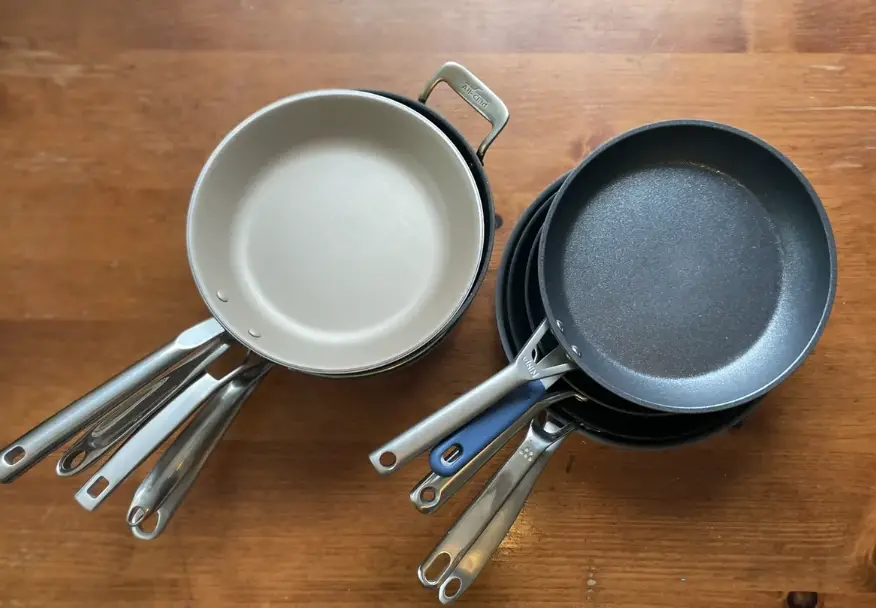
A skillet pan is a type of cookware that comes with deep, curved sides and a flat base. You can use skillets made from cast iron or stainless steel to saute, fry, bake, sear, and braise. The deeper walls of the skillet give it an advantage when it comes to cooking larger items like chicken breasts, steaks, and other meats. The curved sides also keep ingredients from spilling out when you’re flipping them over or stirring them around.
Pros
There are several advantages to using skillet pans over frying pans. They are usually deeper than frying pans, which allows for more liquid and food to be cooked without spilling over the sides.
This is perfect for preparing sauces or stews, and also for sauteing vegetables or meats.
Additionally, many skillet pans have a lid, which can help retain heat and moisture while cooking.
The lid can also help keep splatters to a minimum while cooking, keeping your stovetop and kitchen tidy. The long handles on skillet pans allow for easier and safer transfer between the stove, counter, and dining table.
Skillet pans are typically crafted from sturdy materials such as cast iron or stainless steel, making them long-lasting and less susceptible to scratches and dings.
In summary, skillet pans have several advantages over frying pans, including being able to hold more food and liquid, having a lid for heat and moisture retention, having long handles for better control when transferring the pan from the stove to the counter or dining table, and being made of heavier materials that are more durable. These characteristics make skillet pans ideal for making sauces and stews as well as sautéing vegetables or meats.
Cons
The main disadvantage of a skillet pan is that it is heavier than traditional frying pans. This means that it can be more difficult to maneuver the pan when you are cooking and can also cause fatigue if used for extended periods of time.
Additionally, because of their shape, they take up more space in the kitchen.
Finally, due to their weight and size they are more difficult to clean and store.
In summary, while a skillet pan can provide several advantages in the kitchen, it’s important to be aware of its drawbacks when deciding if this type of cookware is right for you. As with any decision, understanding the pros and cons will help ensure that you get the most out of your cooking experience. [1]
What Is a Frying Pan?
A frying pan is a shallow, flat-bottomed cooking vessel with curved sides and usually a long handle. Frying pans heat quickly and evenly, making them ideal for tasks such as sautéing vegetables or searing meat. The sloped sides also make it easy to flip items like pancakes or omelet while they’re cooking.
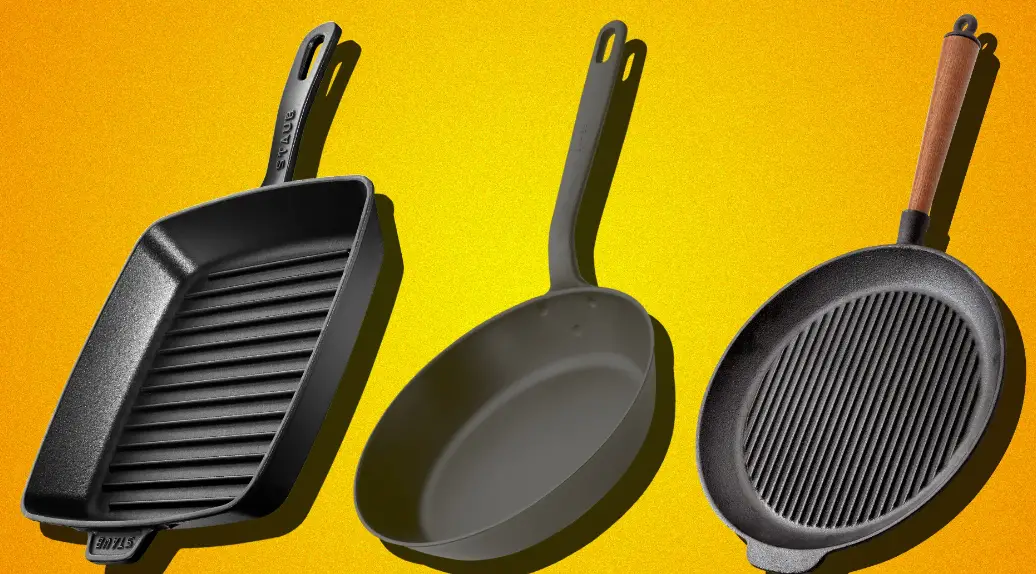
There are different sizes and materials available for frying pans, but the most frequently used ones are made of stainless steel or aluminum.
Pros
Frying pans are typically lightweight and easy to maneuver. They usually have a flat base which makes them great for cooking food evenly without burning or sticking. Furthermore, these can be utilized on various types of stovetops, such as gas, electric, induction, and glass-ceramic surfaces.
Frying pans are also the best choice for those who want to master the art of omelet making. Their nonstick surface is perfect for flipping and sliding delicate eggs around without any sticking or breaking. They’re also great for sautéing vegetables, searing small pieces of meat and fish, and even creating an array of sauces and gravies.
Frying pans are also incredibly easy to clean, as they’re usually made of high quality nonstick material which makes it quick and effortless to wipe off any mess. Plus, since a frying pan doesn’t have any extra ridges or intricate details like a skillet does, they can usually fit inside the dishwasher for added convenience.
Cons
A frying pan does not have the ability to retain and spread heat as evenly as a skillet. Additionally, its shape limits the amount of food it can hold, so it may not be suitable for preparing large amounts of food at once.
Lastly, some users find that food sticks more easily to a frying pan due to its shallow depth and the fact that food is more exposed to the surface. [2]
Characteristics Of Skillet
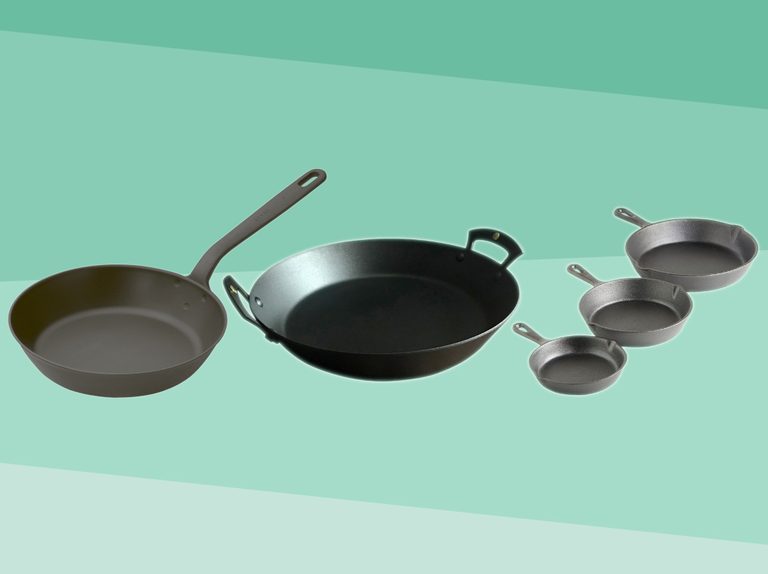
Skillet pans are usually wider and shallower compared to a standard frying pan, making them ideal for cooking food quickly over medium-high heat.
They have sloping sides that help prevent ingredients from sticking to the sides and make stirring or flipping food easier. Skillet pans have low walls and come in different sizes and shapes.
Weight
Skillet pans and frying pans can vary significantly in weight. Skillet pans are typically heavier than frying pans, making them less maneuverable when cooking. The extra weight of a skillet pan also makes it more difficult to clean, as you will need to lift the pan in order to wash it properly.
Frying pans, on the other hand, are generally much lighter and easy to handle, making them ideal for times when you need to move the pan around quickly.
Capacity
Cooking with a skillet is more convenient for larger portions or multiple dishes compared to traditional frying pans due to its larger size. Frying pans typically have a capacity of 8 inches to 10 inches in diameter, while skillets can range from 9 inches to 12 inches and even up to 16 inches.
This size difference is great for making meals that involve larger ingredients like steaks or serving multiple people at once. [3]
Surface Area
The primary distinction between a skillet and a frying pan lies in their surface area. A skillet usually has sloped sides, while a frying pan tends to have straight, vertical sides. This means that the frying pan has more surface area for cooking when compared with the skillet.
The frying pan’s larger surface area makes it perfect for preparing pancakes, crepes, and omelets as you can spread out the ingredients easily.
A skillet is better suited for cooking items that require more liquid, such as stews and sauces. It also has deeper sides, meaning it’s able to hold in more liquid when cooking.
Tossing Ability
Comparing a skillet and a frying pan regarding tossing food while cooking, they are similar types of pans but have some differences. A skillet is the better choice for tossing food because of its deeper walls and wide base. This feature gives you more control over the motion of the food being tossed as well as providing extra room for maneuvering.
Conversely, a frying pan’s shallow walls and narrow base make it challenging to toss food without the possibility of it spilling over.
Evaporation Rate
Depending on their material, skillet pans and frying pans have different rates of evaporation.
Skillet pans have higher sides compared to regular frying pans, which enables them to keep liquids inside more effectively. This means that when you’re cooking stews or sauces, it’s easier to control the thickness of your dish since less liquid evaporates compared to a regular frying pan. On the other hand, since a frying pan has lower sides, it will allow more liquid to evaporate quickly which works great when making stir-fries or omelets. [4]
Characteristics Of Frying Pan
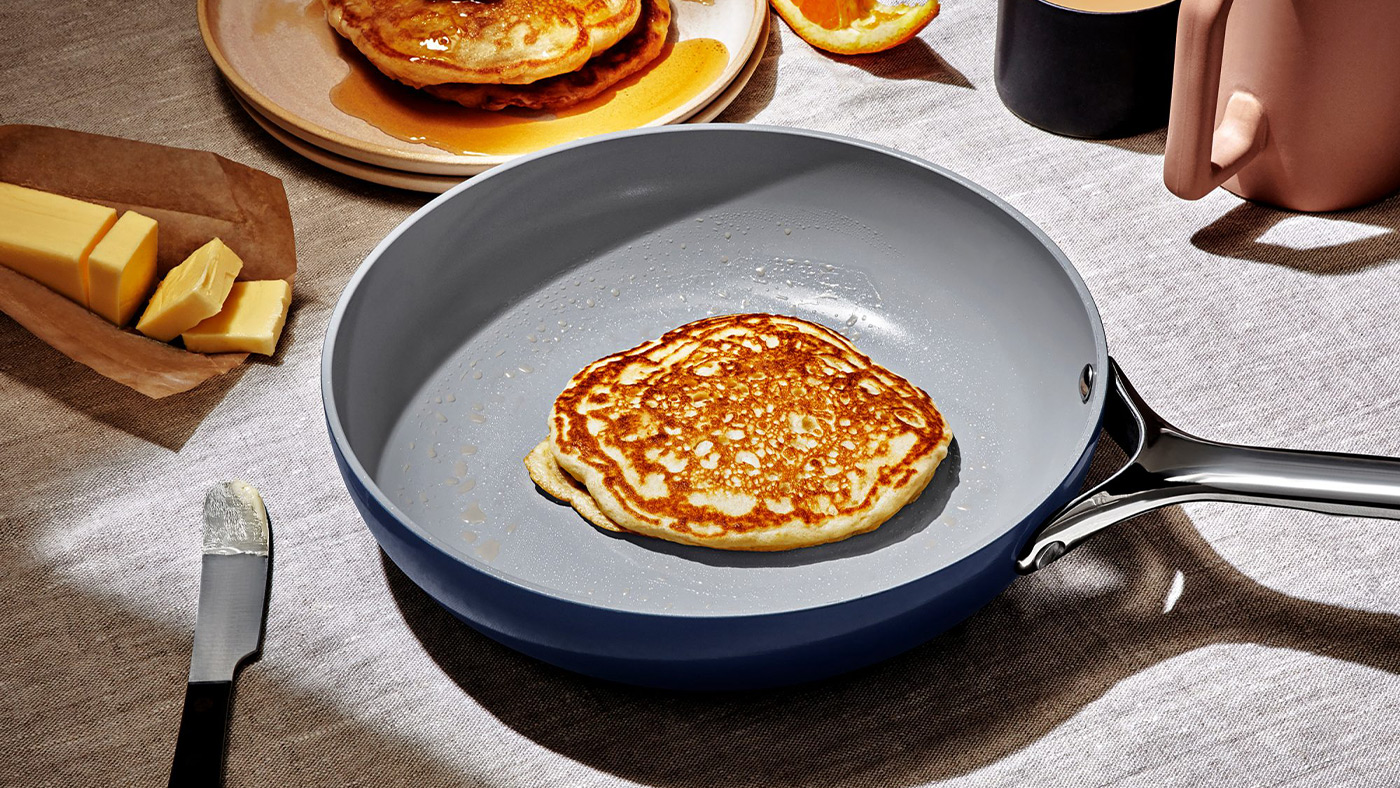
A frying pan is a necessary kitchen utensil that is usually made of either cast iron or stainless steel. It typically has a long handle attached and shallow, sloping sides. Frying pans are intended for use on the stovetop to cook a variety of dishes, including sautés, stir-fries, pan-fried foods, and seared meats.
A frying pan can be used in the oven depending on its size and shape.
Frying pans are easy to use and clean, making them ideal for busy cooks who don’t want to spend too much time cleaning up after cooking. The long handle makes it easy to flip foods and stir ingredients without burning your hands. Nonstick frying pans are generally the best choice for preventing food from sticking and burning.
Types
Both the skillet and the frying pan are classified as types of pans. A skillet is a cooking pan made from cast iron, with a flat bottom and short sides. It comes with a long handle and can be used on the stove or in the oven. The skillet’s shape enables it to retain heat better than other cookware, which makes it perfect for cooking methods such as searing or frying.
A frying pan is also a flat-bottomed metal pan, but it usually has higher sides and a shorter handle than a skillet. It may be called a sauté pan or stir fry pan as well. Frying pans are typically used on the stovetop to cook foods that require liquid or oil for cooking, such as fish, eggs, and pancakes.
Thickness
Skillet pans are usually thicker than frying pans, making them heavier to lift. Skillet pans are meant for cooking techniques that require higher heat, like searing or sauteing. Thicker metal conducts heat better, which makes it better for high-temperature cooking. On the contrary, frying pans are constructed with thin metals that are more appropriate for cooking at lower temperatures like simmering. They also tend to be lighter in weight due to the thinner metal. [5]
Rivetless Vs. Riveted Frying Pans
When it comes to frying pans, there are two kinds of pans available: rivetless and riveted. Rivetless frying pans feature a flat cooking surface with no raised edges or ridges, making them ideal for flipping and stirring ingredients. On the other hand, riveted frying pans have a raised edge along the circumference of the pan that helps keep food in place. Riveted frying pans are ideal for sautéing and deeper-frying as the raised edge helps contain the oil and prevent it from splashing out of the pan.
Handle Types
The handle of a skillet pan and a frying pan can have slight variations. While many skillets come with either long metal handles or two short side handles, frying pans typically have only one long handle. Some types of skillets and frying pans may have longer handles to make them easier to hold and move around.
Natural Finish Vs. Non-stick Frying Pans
When it comes to frying pans, materials are an important factor to consider. Frying pans with a natural finish are made of cast iron, stainless steel or aluminum and have a shiny surface. Although natural finish pans need to be oiled after each use, they have better heat retention and durability than non-stick pans.
Additionally, these types of frying pans are better suited for high-heat applications such as searing and stir-frying. Non-stick frying pans, on the other hand, have a coating that prevents food from sticking to the pan’s surface.
This type of skillet is much easier to clean than natural finish ones since you don’t need to oil them after use. For cooking at low and medium heat, like sauteing vegetables or making omelets, non-stick frying pans are an excellent option.
Please remember that the non-stick coating of the pan can get easily damaged and will require replacement eventually. [6]
FAQ
Is a cast iron skillet better than a frying pan?
This is a matter of preference. Generally speaking, cast iron skillets tend to be sturdier than their non-stick counterparts and can handle higher temperatures when cooking. They also serve food better, making them ideal for dishes such as steak or fish.
On the other hand, non-stick frying pans are easier to maneuver due to their lighter weight and are ideal for quickly cooking small, delicate items like eggs or pancakes. Each pan has its own set of advantages, and the final decision should be based on the user’s preferences and requirements.
What is the difference between a French skillet and a frying pan?
A French skillet, also known as a sauté pan, is deeper and has straight sides that are usually taller than those of a frying pan. It’s a perfect choice for tasks such as browning, searing, and deglazing.
The lid provides an efficient way to lock in flavors and juices while cooking. On the other hand, a frying pan is shallower and has curved sides.
It’s ideal for tasks such as sautéing, stir-frying, and flipping foods. The lid of a frying pan also helps to keep steam trapped so that your food stays moist while cooking.
Skillets are typically made of metal or ceramic and are equipped with a non-stick coating.
Frying pans are usually made of either stainless steel or cast iron, and they come in versions that have either a non-stick or stick surface.
The primary distinction between a French skillet and a frying pan is the shape of sides. A French skillet is deeper with straight sides that are generally taller than those of a frying pan, making it ideal for browning, searing, and deglazing.
Can you fry in a skillet pan?
Yes, you can fry food using a skillet pan. Because skillets are usually deeper than frying pans, they’re able to hold more oil and keep it from splattering all over the stove top while cooking.
This makes them ideal for creating that crisp outer layer on fried foods such as chicken and French fries.
They also provide even heat distribution so food gets cooked through evenly. If you’re in a hurry, you may want to choose a frying pan over a skillet because skillets take longer to heat up.
That said, both skillet pans and frying pans can be used for most types of cooking. Frying pans are great for quickly sautéing vegetables or making an omelet, while skillets are great for preparing one-dish meals such as pasta dishes or casseroles.
So it really depends on the type of meal you’re making and how much time you have to prepare it. In the end, either option will get the job done.
Why are they called skillets?
The name “skillet” is derived from the old French word esculette, which means shallow pan. This type of shallow pan was used for cooking in the Middle Ages and has been known as a skillet ever since.
Traditional frying pans have deeper sides and straight edges, while skillets are shallower with sloped sides that make it easier to turn or flip food while cooking. Commonly, they make these from strong materials like cast iron or aluminum so that they can hold onto heat better.
Skillets can also be used for baking, due to their flat bottoms and thick walls that help provide even heating. The larger size allows you to cook more food at once, making them great for family meals or entertaining guests. In addition, skillets are available in various sizes and shapes, making it possible to find the one that best suits your requirements.
What is a skillet best used for?
A skillet is an essential item for any kitchen as it offers versatile cooking options. Skillets are best used for making sauteed dishes, like vegetables and sauces, since their walls are low enough to allow the food to move around while cooking.
They can also be used for frying foods with a shallow pan of oil or butter, searing steaks or pork chops, and even baking cakes or cornbread in the oven.
The sloped sides of a skillet make it easier to slide food out when it’s done cooking. While frying pans have straight edges that make flipping food easier, skillets offer more versatility and can usually accommodate larger serving sizes than a typical frying pan.
Because they often have lids available, they are great for steaming vegetables and infusing flavors. With a wide range of sizes available, skillets can be used for almost any cooking task.
What is special about a skillet?
A skillet is a type of pan that comes in many different sizes and shapes. It typically has one long handle, and low to moderately high sides. A skillet can be used for sautéing, searing, frying, and browning food. Because of the shape of the pan, it is also great for cooking single servings of food or small portions.
A skillet is also great for cooking certain types of food that can stick to a flat surface, such as omelets. The higher sides make it easier to keep food from spilling out while stirring or flipping.
Some skillets are designed with ridges on the bottom, which can add extra flavor and texture to certain foods. Skillets can be used on any type of cooking surface, including electric stovetops, gas burners, ovens, and even grills.
In contrast to a frying pan, skillets typically have an even thickness throughout the entire pan. Using this method ensures that the food is evenly and quickly cooked and does not stick. The long handle also makes it easy to move around in the kitchen while cooking.
Finally, the flat bottom helps to maximize the surface area for searing and browning foods.
Is a skillet pan non-stick?
A skillet pan can be non-stick, but it is not always the case. Non-stick skillets are usually made of either ceramic or Teflon coatings. Ceramic pans are known for being highly durable and easy to clean. Teflon pans, on the other hand, feature a slick surface that prevents food from sticking.
However, both types require special care when cleaning and storing in order to maintain their non-stick properties. Please avoid using metal utensils on non-stick skillets to prevent damage to the surface and food sticking to the pan.
While it is highly unlikely, some individuals are concerned about the possibility of toxic chemicals being released into their food if the coating breaks down due to age or excessive use.
In comparison, a regular frying pan is usually not non-stick and will require the use of oil or butter to prevent food from sticking. A regular frying pan is more durable than a non-stick skillet, which is an advantage.
It can also be used with metal utensils without worrying about damaging the surface, which makes it ideal for certain tasks like searing meats and deglazing pans.
How do you use a skillet?
Skillets are versatile and can be used for a wide variety of tasks, from pan-frying to roasting.
When using a skillet, it’s important to preheat the pan on medium-low heat before adding ingredients. Using this method will prevent your food from sticking to the pan and ensure that it is cooked evenly. Once your ingredients are in the pan, you can increase the heat to medium or high depending on what type of dish you are making.
Additionally, it’s important to keep in mind that skillets have deeper sides than traditional frying pans. This means that they are better suited for dishes such as omelets and sauces that require more liquid. In general, a skillet is a great all-purpose pan and is a must-have in any kitchen.
Can you put a skillet in the oven?
Putting a skillet in the oven is possible. Skillets are usually made from durable materials like cast iron or stainless steel, which can tolerate high temperatures. It is important to check your skillet manual before using it in the oven — some manufacturers recommend against this practice in order to maintain the quality and performance of their cookware. When placing a skillet in the oven, make sure that you preheat it properly and use an appropriate temperature for whatever food item you’re cooking.
Additionally, avoid exposing it to sudden extreme temperature changes as this could damage the pan’s material and structure. It is important to use potholders when touching hot skillets or any other cookware heated in an oven.
Frying pans are not intended for use in the oven, unlike skillets. The heat generated by the oven can cause warping and other damage to the pan’s surface which will render it unusable.
It is important to note that frying pans made of materials like aluminum or non-stick coatings may not be safe for high temperature cooking as they can become toxic if overheated. When using a frying pan on your stovetop, avoid raising the heat level above medium as this could also damage your cookware over time.
What is a skillet dish?
A skillet dish is a type of dish that is usually cooked in a shallow, wide pan called a skillet or frying pan.
A skillet is typically shallower than most pots, and has sloped sides so ingredients can be easily stirred. A wok is typically made of heavier materials, such as cast iron, stainless steel, or aluminum, which makes it suitable for cooking dishes like stir-fries, omelets, pancakes, French toast, and other foods that require quick and consistent heat distribution.
Skillet dishes often require less oil than deep-frying because the food doesn’t need to be submerged in hot oil. They are also easier to clean since there is no large amount of oil left behind.
Finally, they can retain heat better than traditional pans due to their thicker walls, making them perfect for keeping food warm.
What are the disadvantages of a cast-iron skillet?
Cast-iron skillets have some drawbacks despite their numerous advantages. For one, they are heavier than other types of cookware due to their material and can be difficult to maneuver. Additionally, due to their construction, they require more time to heat up compared to other types of cookware.
Finally, cast-iron skillets do require more maintenance than others as they need to be seasoned regularly in order to keep them from rusting or developing an off flavor when cooking.
Additionally, care should be taken when washing them as well since using soap on them will strip away the seasoning that has been applied. Although it has some drawbacks, a cast-iron skillet remains an excellent option for a lot of cooks at home because of how long-lasting and adaptable it is.
Can you cook eggs in cast iron?
Cooking eggs in a cast iron skillet or pan is possible. For making fried eggs, cast iron skillets and pans are a great choice as they heat evenly and help to sear the egg whites quickly, resulting in crispy edges. In addition, cast iron maintains heat effectively, which means your eggs will remain hot for a longer period even after you remove them from the stove. Before cooking with cast iron, make sure to season it by applying oil and heating it.
This will help prevent sticking and keep your food from tasting metallic. It is important to use metal utensils instead of wooden ones when cooking with a cast iron pan as wooden utensils can cause surface damage. A cast-iron skillet is a great option if you want a simple method to consistently cook tasty eggs.
Useful Video: Skillet Vs Frying Pan: What’s the Difference?
Conclusion
When it comes to choosing between a skillet pan and a frying pan, the decision is ultimately up to you. Both pans are versatile kitchen tools that can be used for a variety of cooking tasks. Skillet pans tend to have higher sides that allow them to hold more food than a standard frying pan. They also provide better heat distribution and retention, making them great for slow-cooked dishes like stews and sautes.
Frying pans are ideal for quick-cooking tasks such as searing meats, sauteing vegetables, and even making omelets.
No matter which type of pan you choose, it’s important to care for it properly so that it lasts longer and performs better.
References
- https://www.thedailymeal.com/1175137/whats-the-difference-between-a-skillet-and-a-pan/
- https://madeincookware.com/blogs/skillet-vs-pan
- https://www.masterclass.com/articles/skillet-vs-pan
- https://www.lacademie.com/frying-pan-vs-skillet/
- https://worldofpans.com/skillet-vs-frying-pan/
- https://worldofpans.com/skillet-vs-frying-pan/

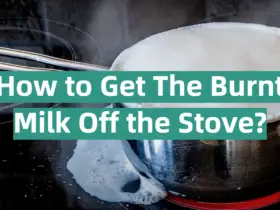
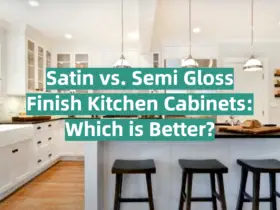
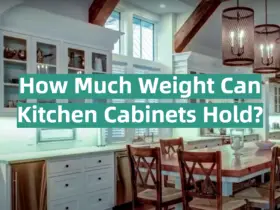
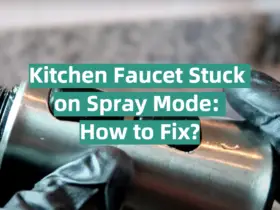
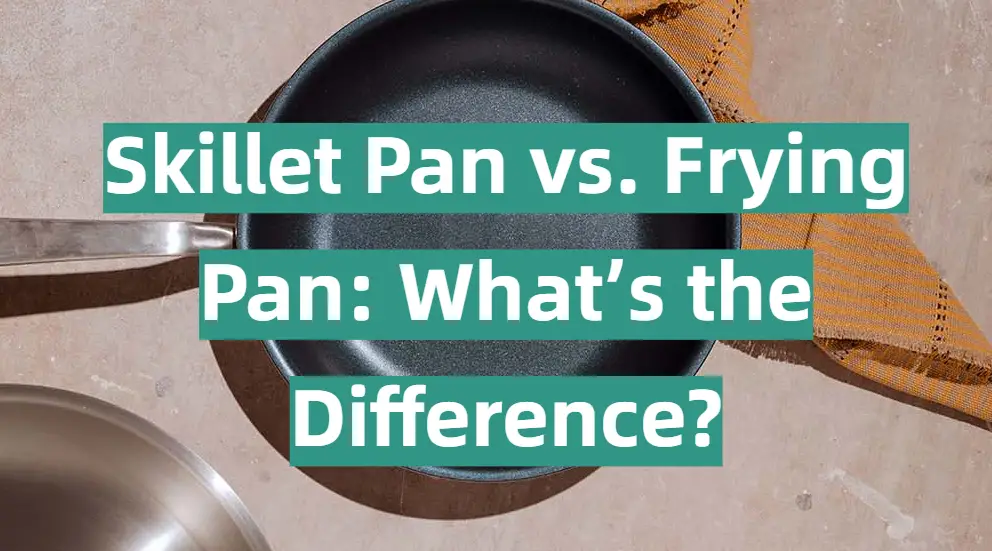
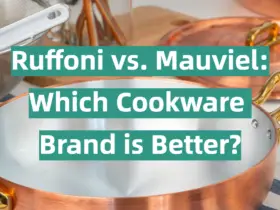
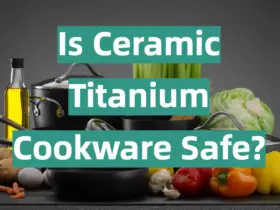
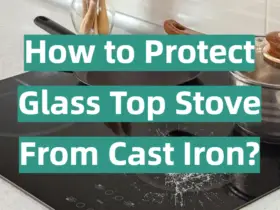
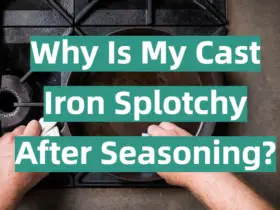
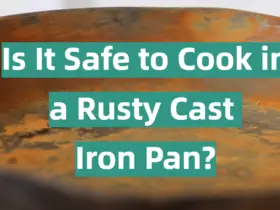
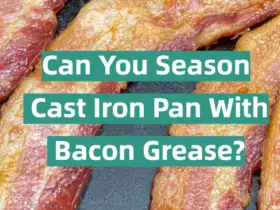
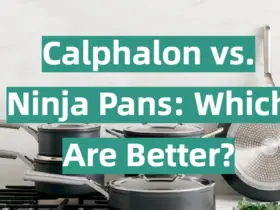
Leave a Reply